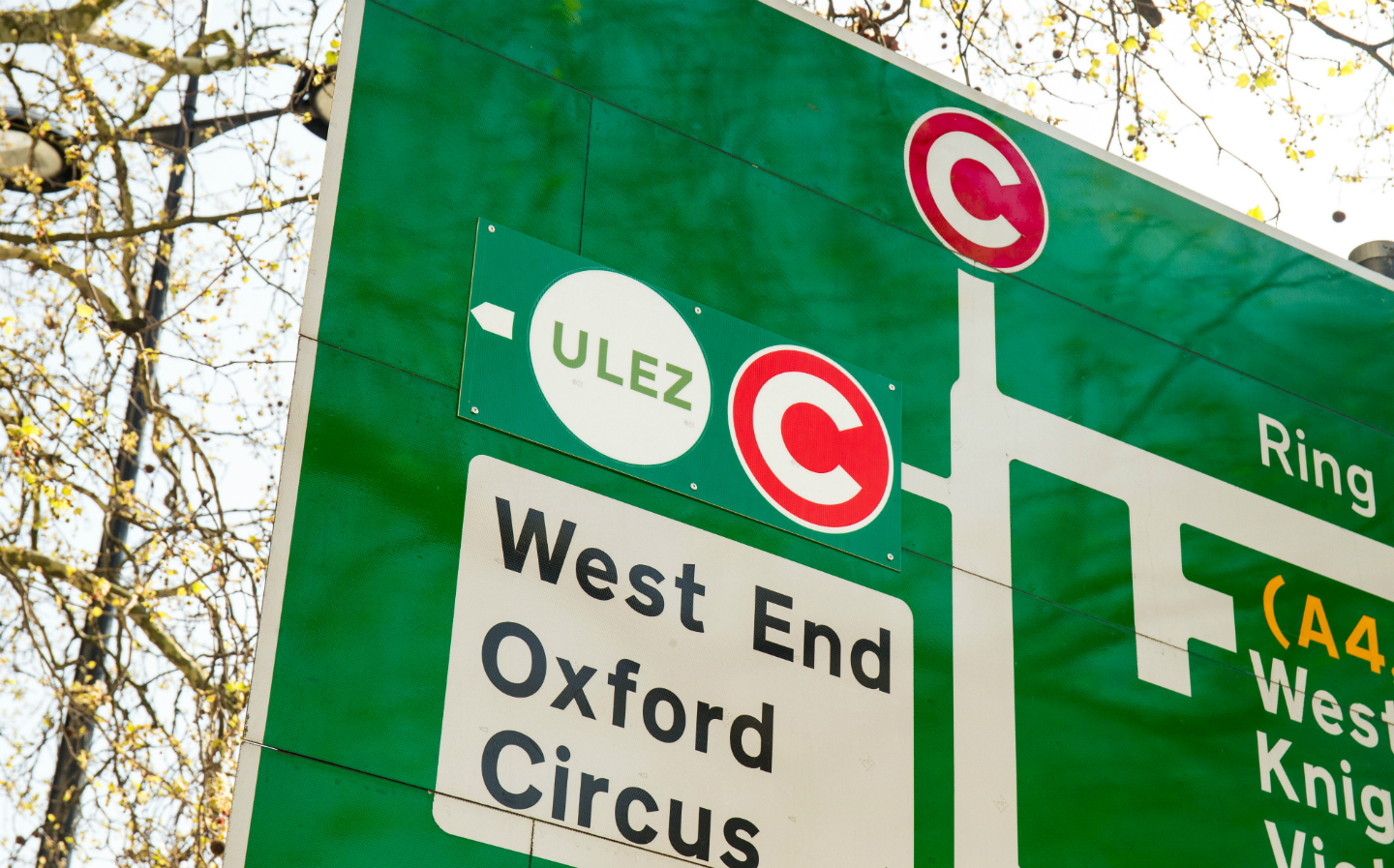London ULEZ roll-out sees most polluting car numbers fall by a quarter
Seven-out-of-10 vehicles in London now meet the ULEZ requirements
THE FIRST report since the introduction of London’s Ultra Low Emissions Zone (ULEZ) shows a 13.9% increase in the number of compliant vehicles entering the zone in just one month, from 55,457 in March to 63,185 in April, accounting for 70% of all vehicles.
The number of vehicles that don’t meet the ULEZ charge-exemption requirements fell by over a quarter (26.4%) over the same period, from 35,578 to 26,195.
In order to escape a daily charge of £12.50, which is added on top of the London Congestion Charge for older, more polluting vehicles, motorists are required to drive cars built to comply with certain exhaust standards.
These include diesel-powered cars that meet the “Euro 6” standard, which became mandatory in September 2015, and petrol-powered cars that adhere to the “Euro 4” standard that came into force in 2006.
The only exemption for this are older vehicles that qualify for historic tax and MOT exemption status. At time of writing, this applies to all cars that were first registered before 1979, and all road vehicles that were first registered before 1973.
While the report analysed London traffic levels throughout April, only ten “typical” days were used to calculate the ULEZ compliance rates. According to City Hall, this was to ensure the data wasn’t influenced by “non-typical” external factors, such as the volume of traffic in central London during the Easter Bank Holidays, the London Marathon and the Extinction Rebellion climate change protests.
City Hall also acknowledges it’s impossible to say how successful ULEZ has been with such limited data to go on. It hopes to get a clearer picture of ULEZ’s effectiveness “with more research to come as the scheme progresses”.
However, London mayor Sadiq Kahn was upbeat: “Just one month after launching the world’s first ULEZ, leading the way for cities around the globe, we have already seen a significant impact on the types of vehicles driving in the centre of our capital and polluting our air.
“It’s early days, but it’s great to see Londoners and businesses are doing their bit to make a difference, with nearly three quarters of the vehicles driving into central London each day now meeting the standards required to turn around this public health crisis.”
Critics of ULEZ have called it a regressive tax that will affect poorer motorists the most, as less affluent drivers are more likely to own an older car that doesn’t meet the zone’s emissions requirements, and will find it more difficult to upgrade to a car that is ULEZ-compliant.
It’s also been argued that small and medium-sized businesses are most heavily affected by ULEZ, with a high capital expenditure needed to replace their non-compliant fleet vehicles. The problem is compounded for hauliers and coach operators, as the charge rises from £12.50 to £100 for lorries over 3.5 tonnes, and buses and coaches over five tonnes.
Colin Brown of Motorcycle Action Group also pointed out that a rider of a Honda C90, which has a small engine and is capable of over 100mpg, is charged £62.50 a week under ULEZ.
Tweet to @J_S_Allen Follow @J_S_Allen
Ulez checker: Is your car exempt from the Ultra Low Emission Zone?





